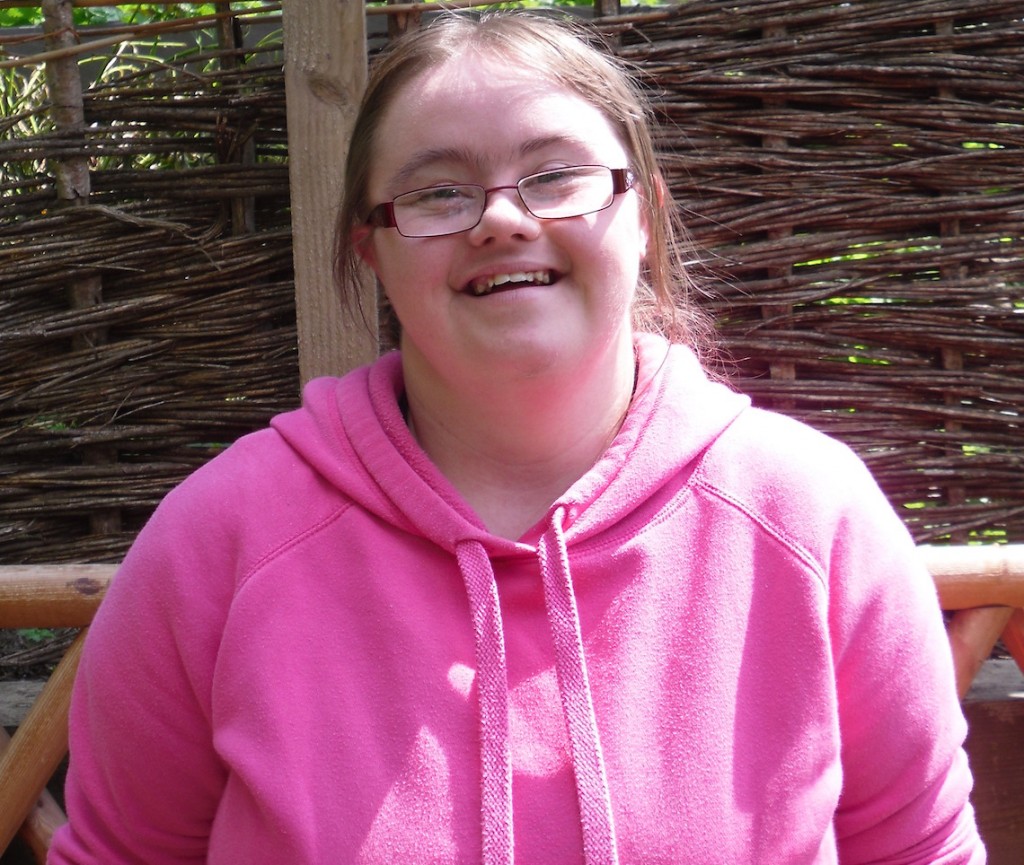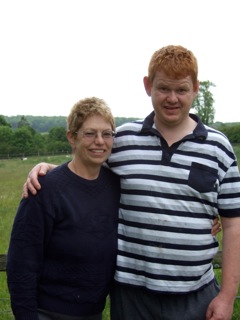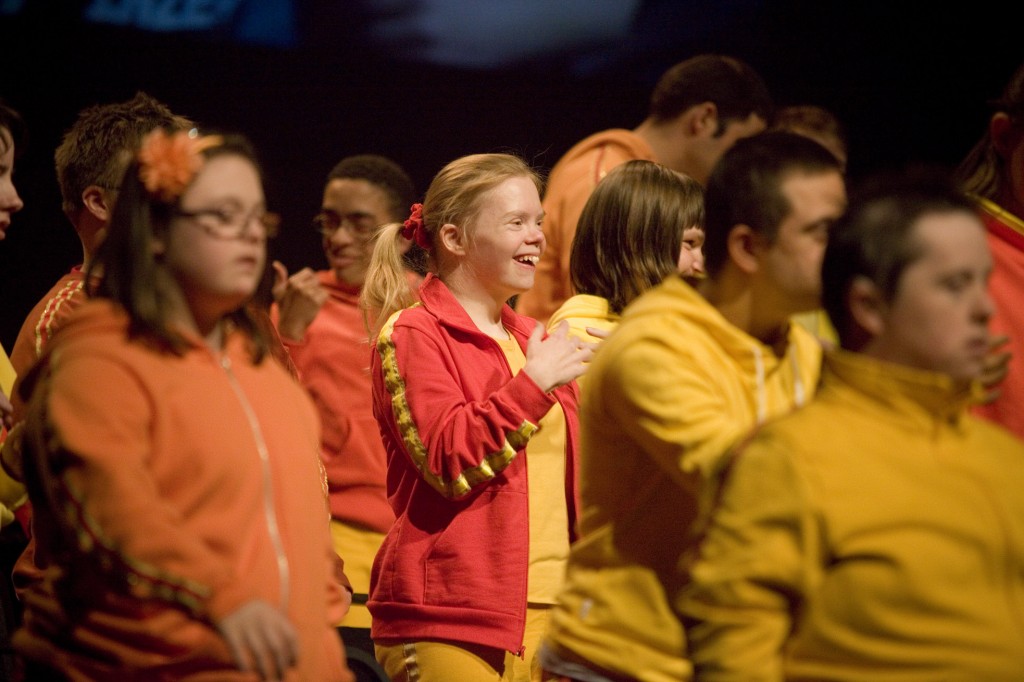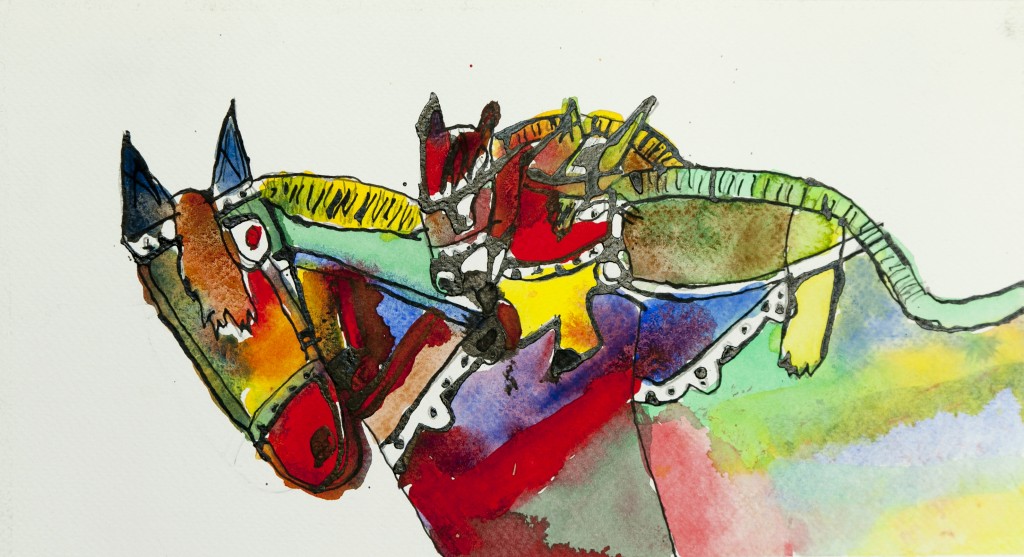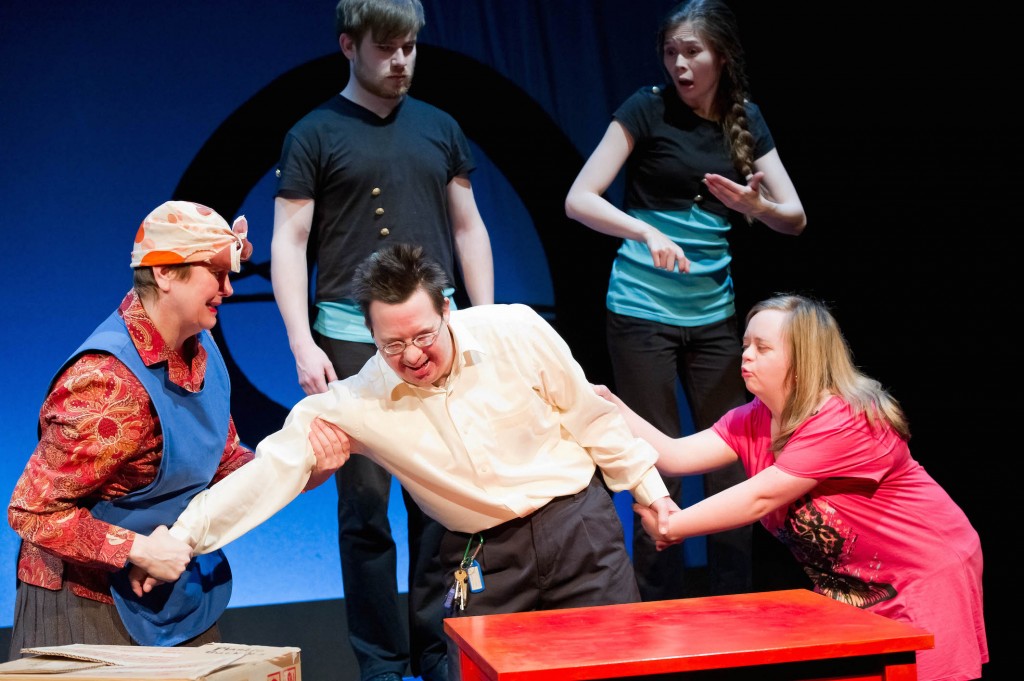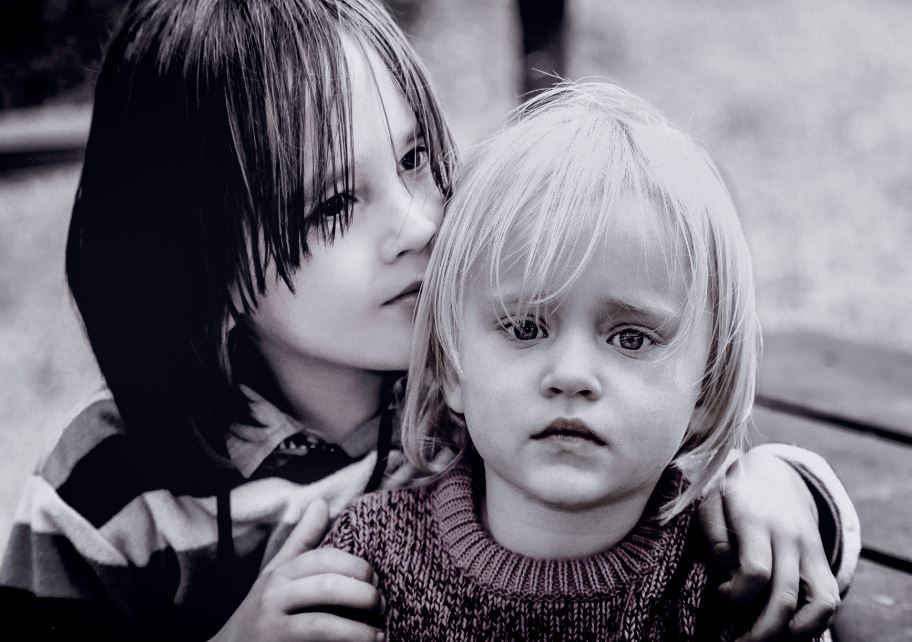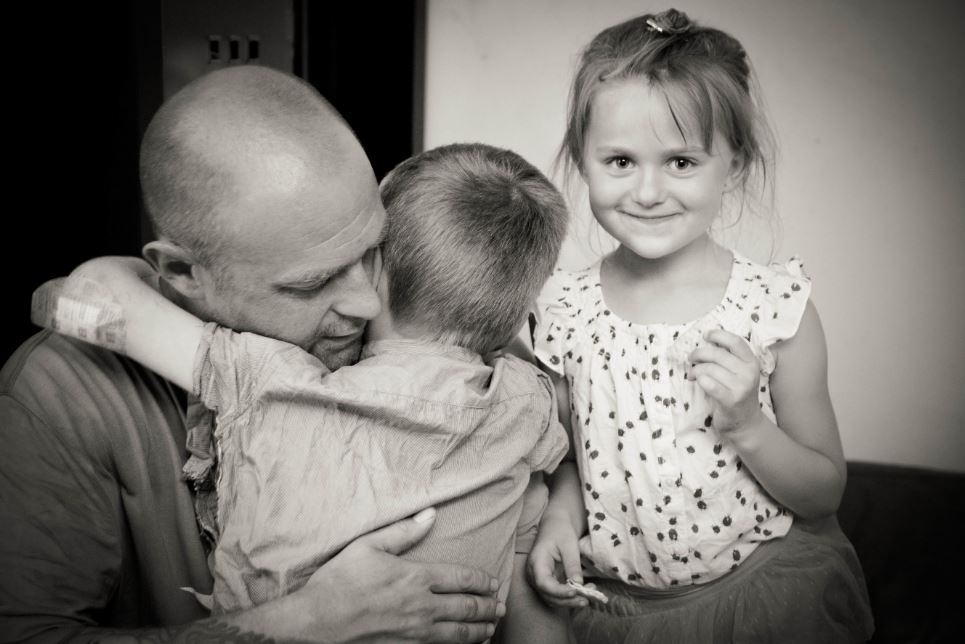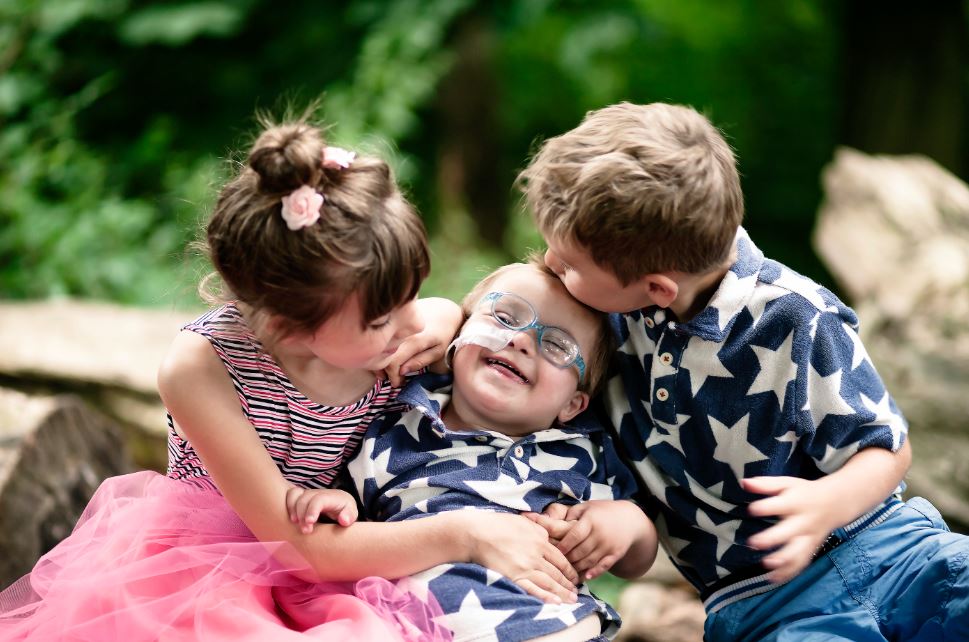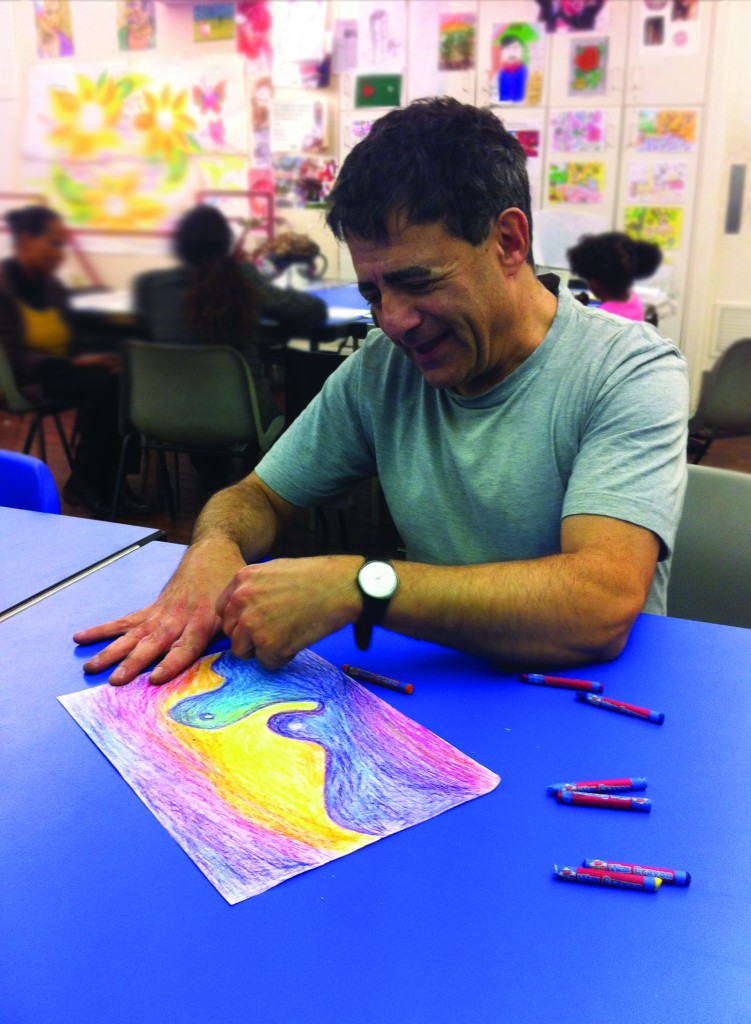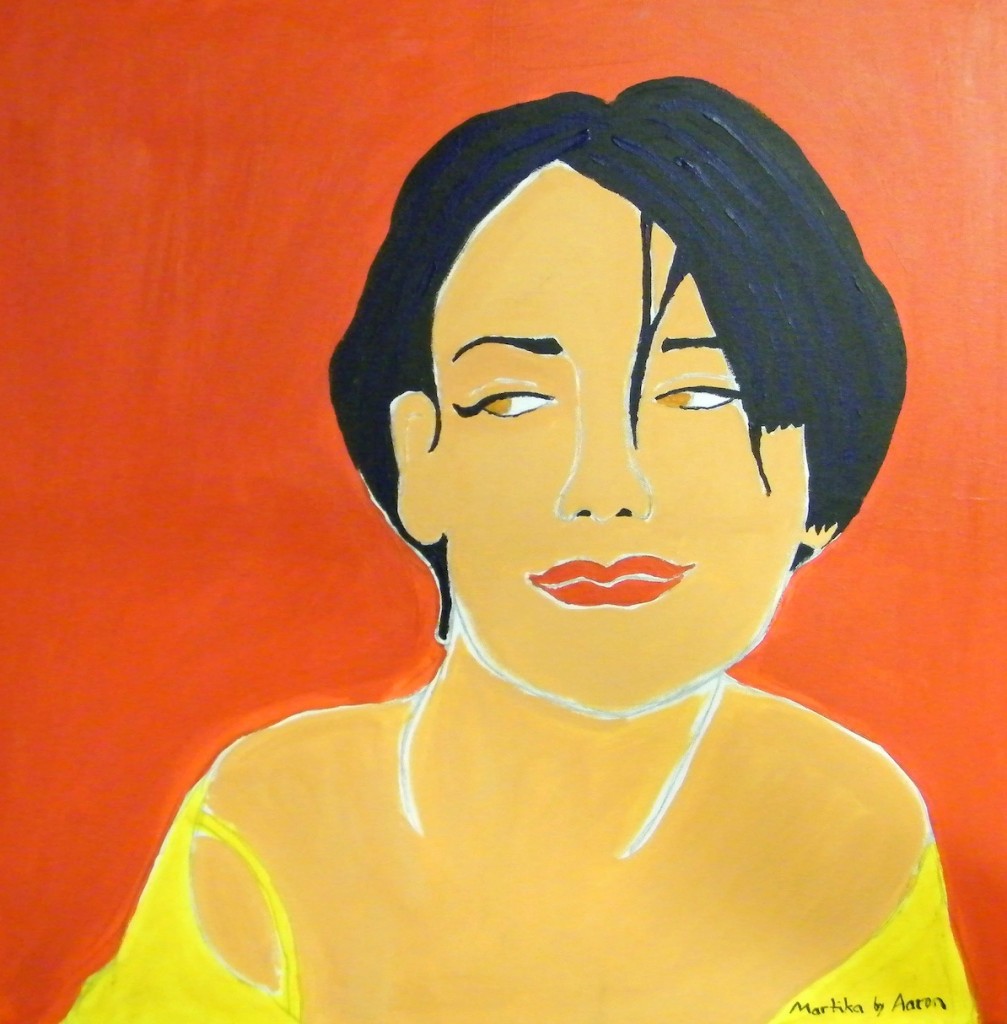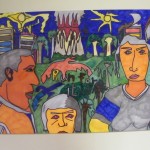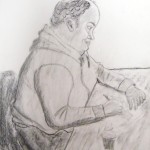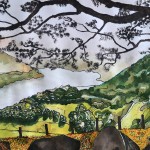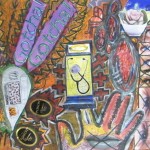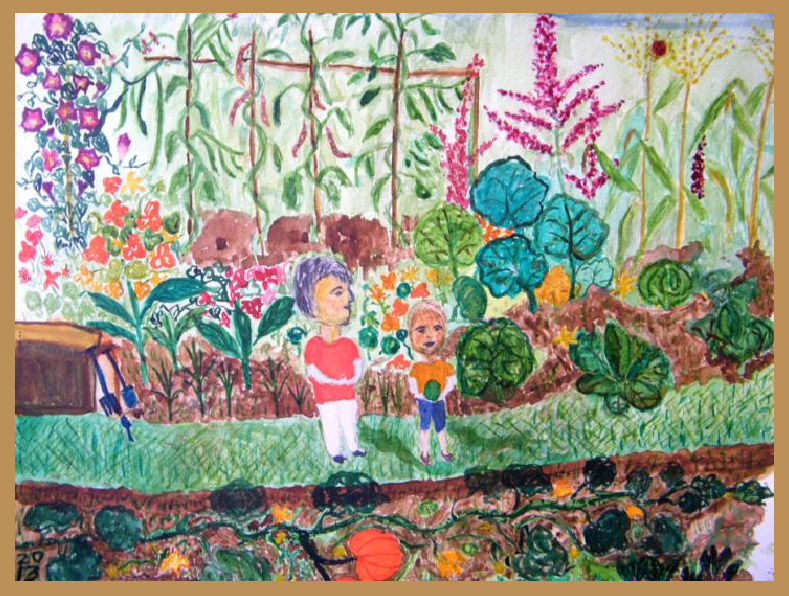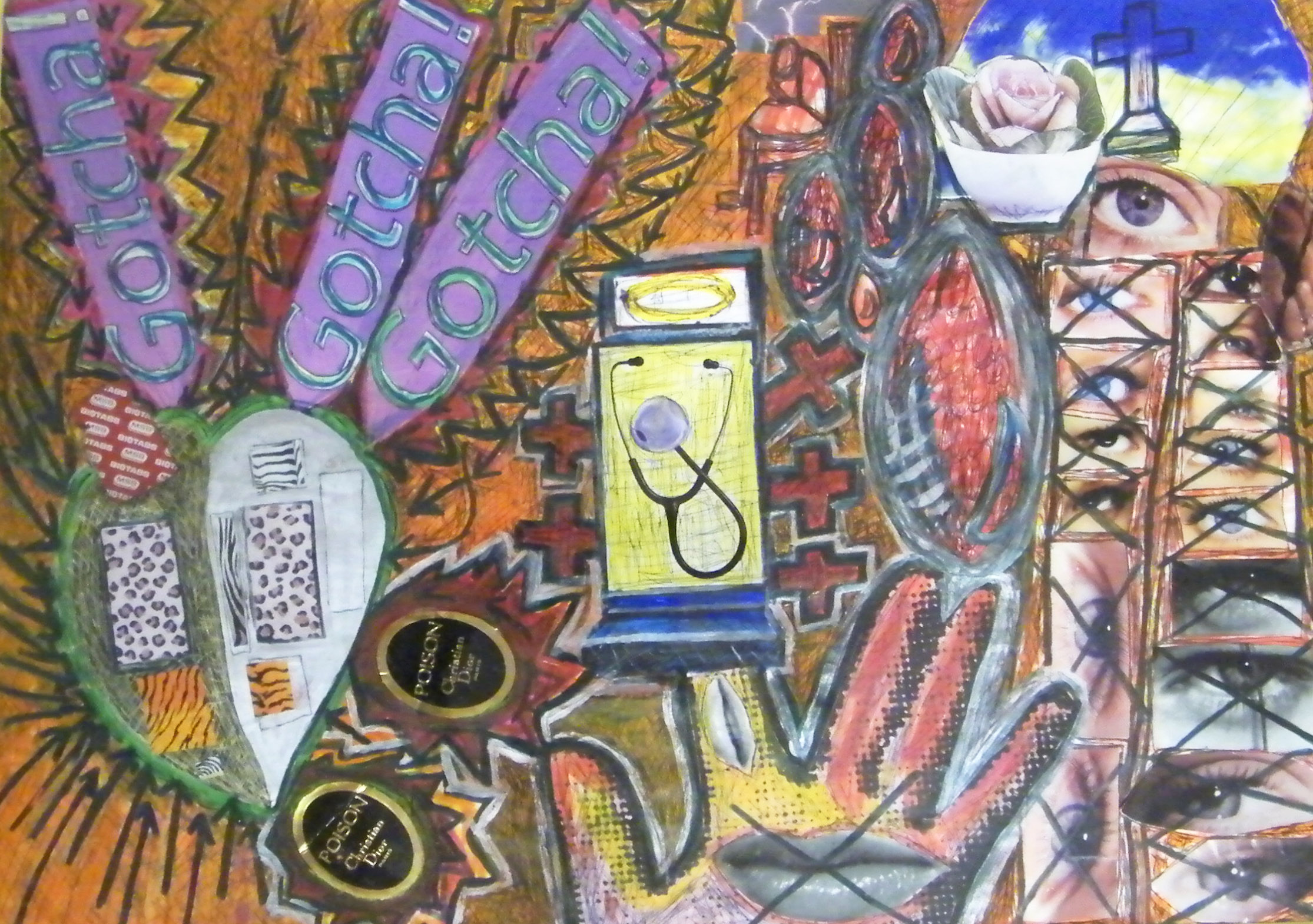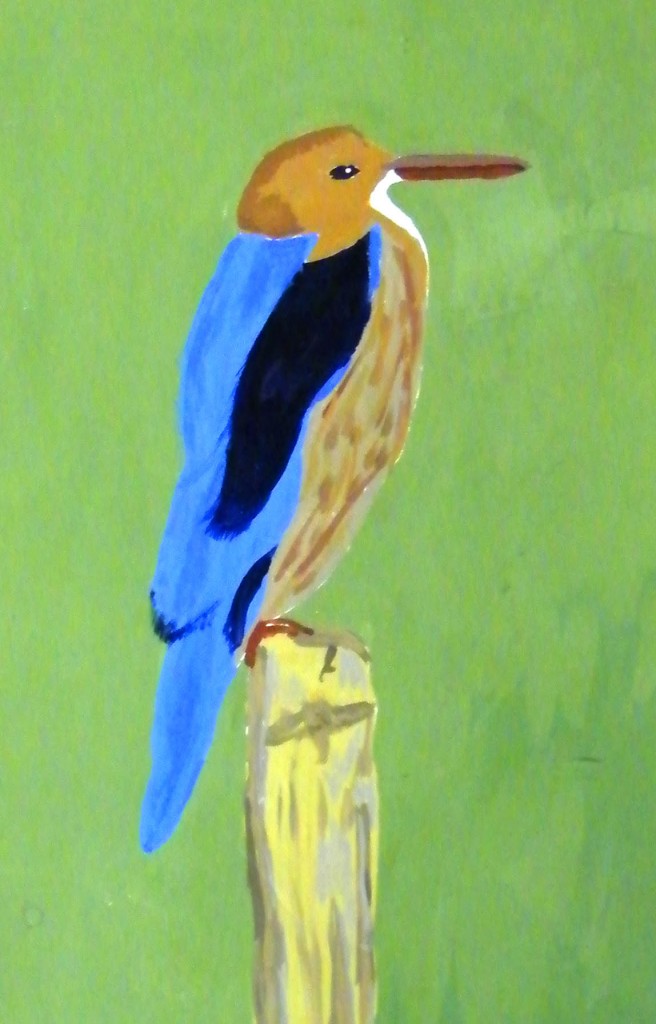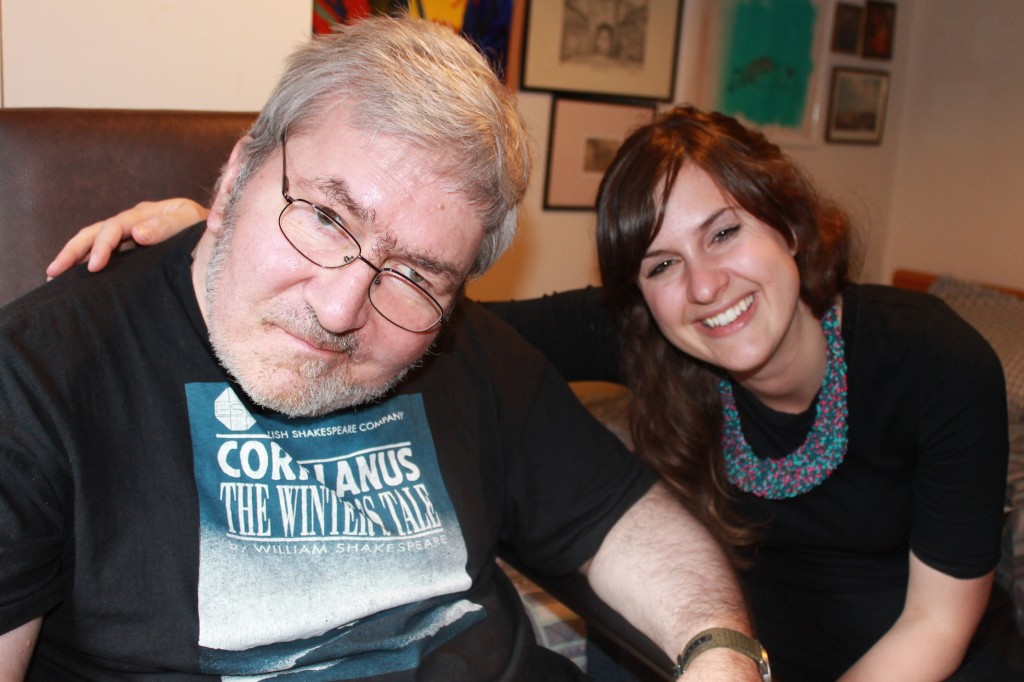
“No-one should ever have to feel like they are not worth helping…”
I saw these striking words on a postcard displayed at a recent event to celebrate volunteering. With the massive cuts in public spending and the unprecedented reform of welfare, it’s not hard to see why vulnerable people might think they don’t deserve any support.
The words, written by someone with experience of volunteering, referred to the vital work of London-based charity the Octavia Foundation. In full, the handwritten postcard read: “No-one should ever have to feel like they are not worth helping and Octavia does such a good job of making sure that doesn’t happen.”
The event was Octavia’s annual volunteer awards, honouring some of the 250 local people who have given their time to others through the charity over the last year. Actor Tamsin Greig presented awards to those who support work with local people affected by ill health, social isolation, unemployment or poverty.
The foundation operates in the west London boroughs of Westminster, Kensington and Chelsea, Hammersmith and Fulham, supporting older people, working with young people, focusing on training and employment and debt advice. It runs regular groups and activities as well as some inspiring one-off projects which I’ve written about in the past.
The foundation works in one of the most affluent parts of the capital, but there is much for the charity to do in the pockets of deprivation that also exist.
I helped judge the charity’s awards, reading some incredible testimonies from people who benefit from the help of volunteers.
Delia Jones, who volunteers as a befriender for example, was highly commended. Delia was nominated by Richard, who she visits and who was involved in a serious car accident almost 40 years ago – both are pictured above.
Richard’s mother Joyce Turner, 95, who also nominated Delia, explained: “What Delia does for Richard is vital. He will tell Delia what kind of book he wants, as we have a lot of different kinds and we arrange them alphabetically so she can find them. Delia seems exactly right, and we love her visits because it gives Richard such pleasure to see her. The importance of her visit every week is that he only goes out three times a week, and if its raining or bad weather, she is the only thing that he looks forward to. She never lets us down and we can trust her.”
With welfare cuts and a squeeze on public sector funding, many support services are under threat so the work of volunteers is vital in helping society’s most vulnerable people. Some of the most innovative ideas – and inspiring, unsung heroes – are found in small, community-based projects that often don’t get the attention they deserve. The recent Octavia awards are an opportunity to put that right and focus on the important work carried out in local areas.
A full list of winners and background to the awards is on the Octavia Foundation website.

